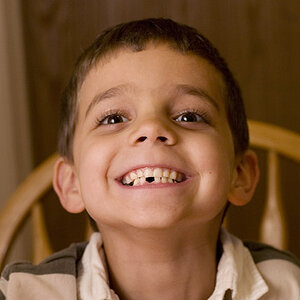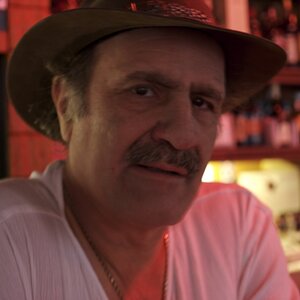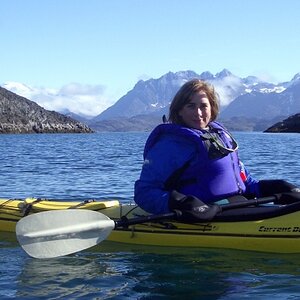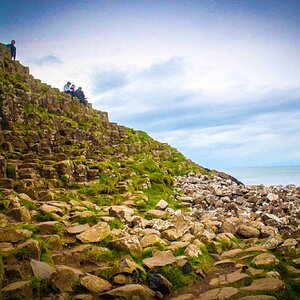Nwcid
No longer a newbie, moving up!
- Joined
- Jan 8, 2018
- Messages
- 489
- Reaction score
- 260
- Location
- PNW
- Website
- www.jbnokesphotography.com
- Can others edit my Photos
- Photos OK to edit
Apparently this is the week for my questions, and this has nothing to do with my thread on wide angles lenses.
I got approached to do sports pictures for a small local school. While I am developing my business, this is not something I had sought out as I have no experience here yet. However, their previous person moved, they are not interested in another photographer that has offered (I am not sure why), I am willing to try since I was asked.
I will be doing team and individual photos. Depending on the sport, some of them will be in the gym and others outdoors on the field. I am pretty confident in the pictures on the field in natural lighting. Most of the groups will be 6-12 kids, the most I think will be about 18, so I am not working with large groups.
I am concerned about lighting in the gym. I have shot sports in action in this gym before and if using flash, reflections on the floor are harsh. I will be shooting with my D-850 and likely either my 50mm 1.8, 85mm 1.8 or 24-70mm 2.8 depending on the need. For lighting I currently have 2 choices, I have a Nikon SB-700 with a 6x5" soft box or I have 3 SV-Q60 lights with 6.5' stands and umbrellas (which I have never used, I got them NIB from a friend). I am willing to spend some money if needed, but not willing to spend for a full lighting set up.
I have considered getting a taller stand so I can get the strobe a big higher and a larger soft box.
Any input would be greatly appreciated. I have about a month before the first shoot.
I got approached to do sports pictures for a small local school. While I am developing my business, this is not something I had sought out as I have no experience here yet. However, their previous person moved, they are not interested in another photographer that has offered (I am not sure why), I am willing to try since I was asked.
I will be doing team and individual photos. Depending on the sport, some of them will be in the gym and others outdoors on the field. I am pretty confident in the pictures on the field in natural lighting. Most of the groups will be 6-12 kids, the most I think will be about 18, so I am not working with large groups.
I am concerned about lighting in the gym. I have shot sports in action in this gym before and if using flash, reflections on the floor are harsh. I will be shooting with my D-850 and likely either my 50mm 1.8, 85mm 1.8 or 24-70mm 2.8 depending on the need. For lighting I currently have 2 choices, I have a Nikon SB-700 with a 6x5" soft box or I have 3 SV-Q60 lights with 6.5' stands and umbrellas (which I have never used, I got them NIB from a friend). I am willing to spend some money if needed, but not willing to spend for a full lighting set up.
I have considered getting a taller stand so I can get the strobe a big higher and a larger soft box.
Any input would be greatly appreciated. I have about a month before the first shoot.
Last edited:


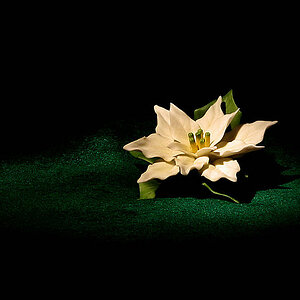
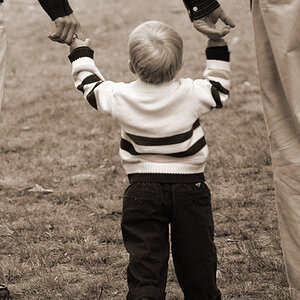
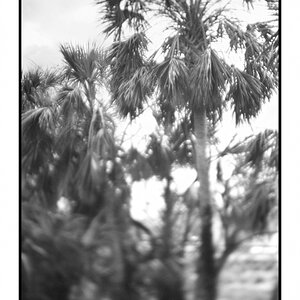
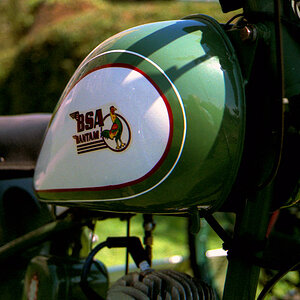
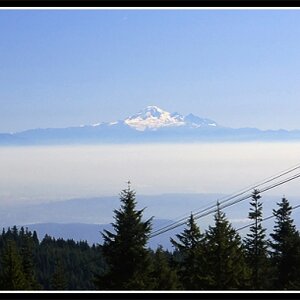
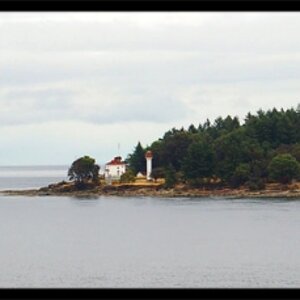
![[No title]](/data/xfmg/thumbnail/34/34345-5642c495cae8d6c7bb83c28664146cf1.jpg?1619736381)
